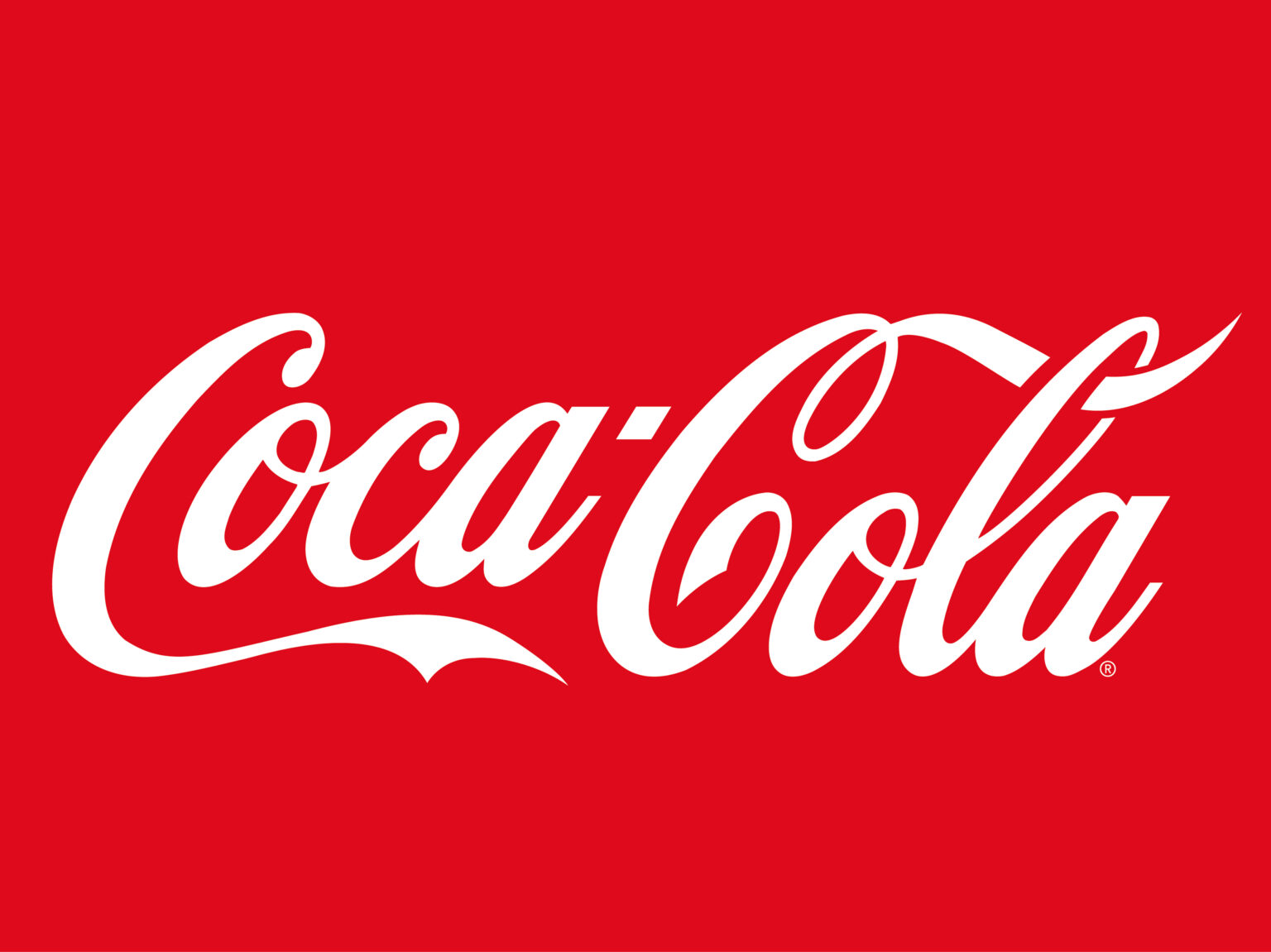Marketing an entirely new category of products is called brand extension. Introducing a brand extension is generally accompanied by many more problems than a simple line- or product extension. A line- or product extension does not entail much more than the introduction of a new variant in an already established line of products. (A good example of this would be Coca Cola introducing a soda on the market with a different flavor, CHERRY COKE, or with less calories, ZERO).
A brand extension falls outside of the original product line, using the same trademark. It has been over 20 years since the first brand extensions have been introduced. It has been estimated that over 80% of all new products are brand extensions. It is important to perform an extensive market research before actually starting the brand extension. A company simply increases their chances of success for their new product this way. In case a company already has success with a brand extension this has proven to play an important part as well.
Another important factor is whether there is a lot of competition. As far as clothing is concerned there is a lot of competition which lowers the chances of success. However, the size of a company certainly has a big influence as well. A company such as Coca Cola therefore has a much bigger chance of success because it is already well known by the consumer and has an extensive distribution network. Larger companies also have larger budgets to promote a campaign.
There are factors that work against Coca Cola as well, though. Coca Cola is very famous with a very large part of potential consumers. Fashion, on the other hand, seems to target specific parts of the population. Coca Cola is trying to market a casual clothing line targeted at a young and trendy consumer. Whether this strategy will work or not depends much on how this consumer will ultimately perceives the Coca Cola drinker. What kind of quality does he or she expect from a soda brand.
A brand extension could enhance a brand’s strength because the brand will be more widely used. Because of this the consumer will make more associations with the brand, which increases its distinctiveness. When a brand extension is not successful, this can damage the value of a brand. It is therefore advisable to choose a different trademark in case an extension is too far removed from the core products, or if an association is not viable (for example a whiskey brand starting a baby food line).
Whenever a brand is used for a new product (this is the case for both brand- and product extension), it is necessary to evaluate the current trademark registrations. The central focus will be whether the old trademark registration will cover the new product range. A trademark is always registered for a limited amount of goods. Coca Cola, however, has registered their trademark for many goods in order to enable them to market more than just soda.
However, had Coca Cola registered their Trademark for soda alone (class 32), then they would have been forced to register a new Trademark for shoes and clothing (class25). Another aspect that deserves attention is whether the logo that will be used is the same. Often there are slight color variations. In case you may have plans to expand the use of your brand, please contact a trademark agent to discuss this matter first.

